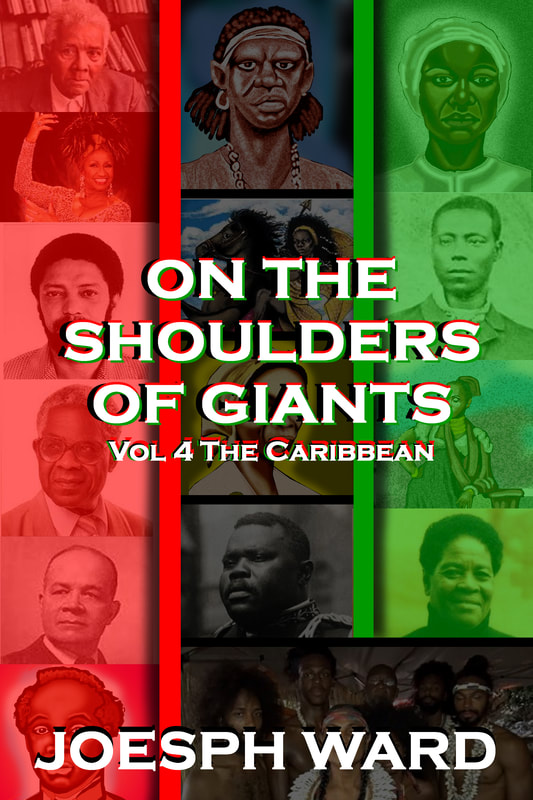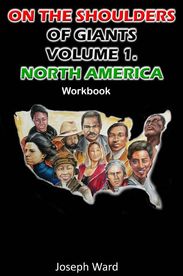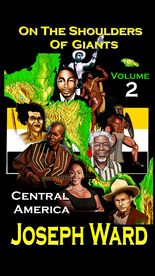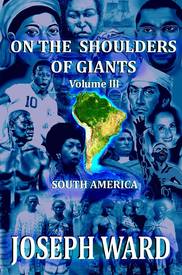|
Capoeira is a unique martial art that combines elements of dance, acrobatics, music, and self-defense. It is thought to have originated in Brazil and is often associated with the Afro-Brazilian community. However, the roots of capoeira can be traced back to Africa, specifically to the cultures brought to the Americas by enslaved Africans. Capoeira's history is intertwined with the transatlantic slave trade. In the 16th century, millions of Africans were forcibly brought to Brazil to work on sugar and coffee plantations. Enslaved Africans in Brazil came from various regions in West Africa. These enslaved individuals came from diverse African cultures, bringing with them a rich tapestry of traditions, including martial arts. Many of these African fighting systems emphasized fluid movements, kicks, and the use of music and rhythm as integral parts of their training. These elements would later be incorporated into capoeira. African spiritual and religious practices played a significant role in the development of capoeira. Enslaved Africans in Brazil practiced religions like Candomblé and Umbanda, which involved ritualistic dances and movements. These religious practices contributed to the rhythmic and dance-like aspects of capoeira. Enslaved Africans faced harsh oppression, and many forms of resistance were suppressed. To circumvent this, they disguised their martial training as dance and play. Capoeira was born out of this necessity, serving as both a means of self-defense and a form of cultural preservation. In the 1835 Malê Revolt in Bahia, capoeira was used as a form of combat by the insurgents, highlighting its martial efficacy. Capoeira initially developed in rural areas but later migrated to urban centers, notably Rio de Janeiro and Salvador. In these urban environments, it evolved and adapted to new influences. Over time, Capoeira incorporated elements of Brazilian culture, such as Portuguese language, music, and indigenous Brazilian influences. It also became a means of cultural expression for marginalized communities. Enslaved Africans were prohibited from practicing Capoeira after slave masters learned what it was used for. In the late 19th and early 20th centuries, capoeira was criminalized in Brazil due to its association with criminal gangs. Practitioners were persecuted and often had to conceal their involvement in the art. Capoeira experienced a resurgence in the mid-20th century, thanks in part to the efforts of Mestre Bimba and Mestre Pastinha, who formalized and promoted the art. In 1932, Mestre Bimba founded the first capoeira school, which focused on preserving the martial aspects of the art. Today, capoeira is a globally recognized martial art, practiced by people of various backgrounds. It is divided into two main styles: Angola and Regional. Capoeira is celebrated not only for its physical aspects but also for its cultural and musical components. It continues to serve as a symbol of resistance, cultural identity, and pride for the Afro-Brazilian community. Capoeira's African origins are a testament to the resilience and creativity of enslaved Africans in Brazil. It emerged as a form of disguised resistance, blending African martial traditions with dance, music, and religious influences. Over time, it evolved into a vibrant cultural phenomenon, transcending borders and promoting a sense of cultural pride and unity. The African roots of capoeira remain a source of inspiration and a powerful symbol of cultural preservation and resistance in Brazil and beyond.
0 Comments
Leave a Reply. |
Details
Categories
All
Click Here to join our mailing list
|
Contact Us: |
Connect With Us |
Site powered by PIT Web Design

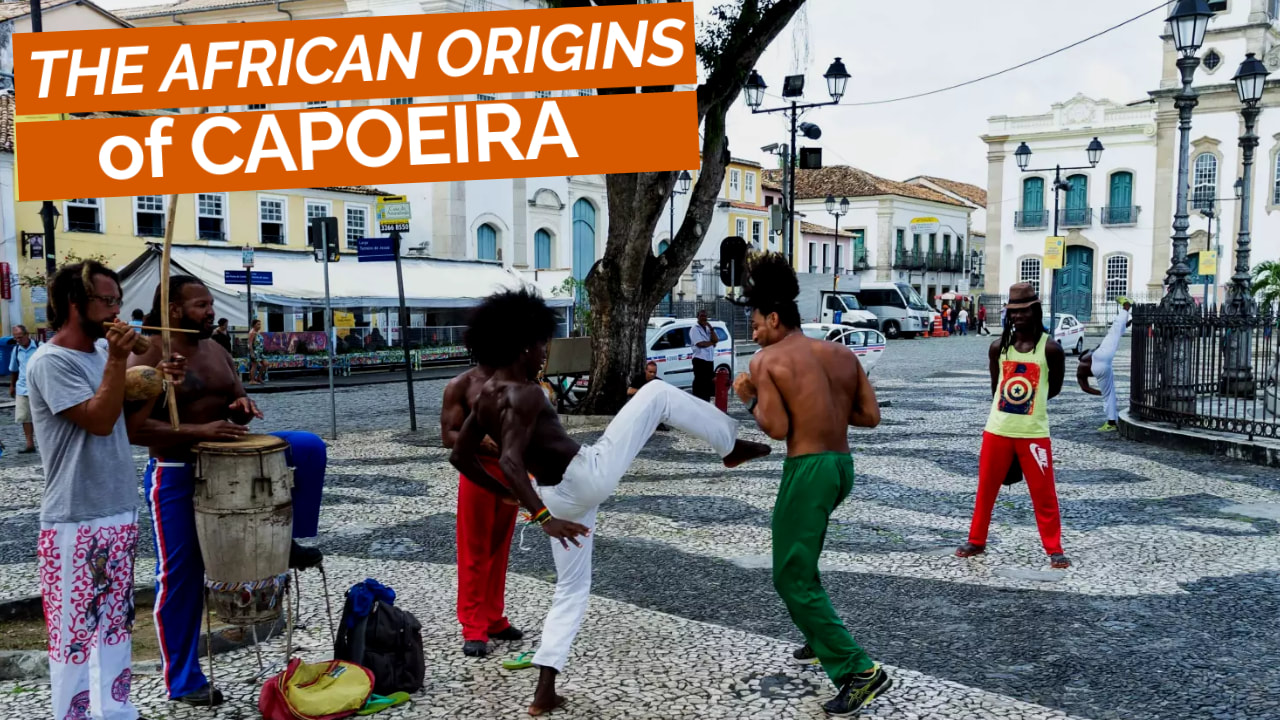
 RSS Feed
RSS Feed
